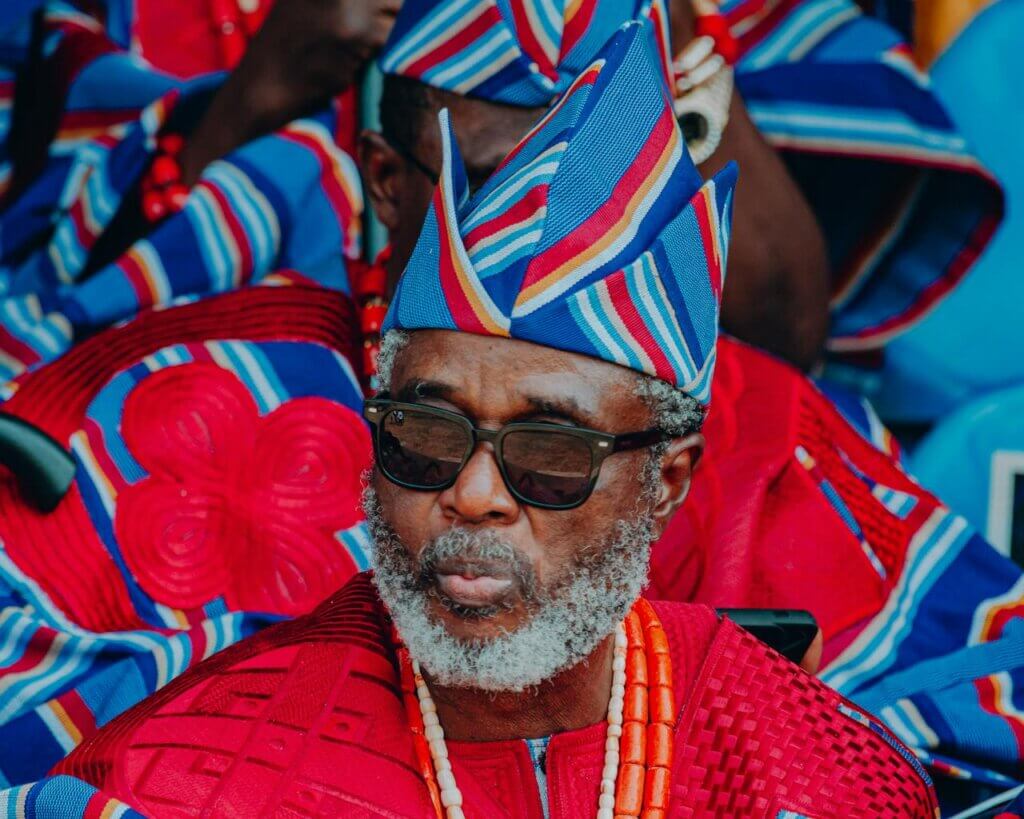WIN A $500 GIFT CARD ENTER NOW
WIN A $500 GIFT CARD ENTER NOW

Nigeria’s fashion landscape has undergone a remarkable transformation since the country gained independence in 1960. What began as an expression of cultural identity and post-colonial pride has evolved into a global fashion powerhouse that influences runways from Lagos to London, New York to Milan. This evolution reflects Nigeria’s rich cultural tapestry and the dynamic spirit of its people.
The immediate post-independence era saw Nigerians embracing traditional attire with renewed pride. The 1960s marked a period where leaders like Nnamdi Azikiwe and Tafawa Balewa proudly wore traditional outfits in international forums, making a statement about Nigeria’s cultural autonomy.
For men, the agbada (flowing wide-sleeved robe) became not just ceremonial wear but a symbol of Nigerian identity. Women embraced the iro and buba (wrapper and blouse) combinations with elaborate headties (gele) that showcased regional styles from different Nigerian ethnic groups.
This era also saw the first attempts to modernize traditional wear, with designers beginning to experiment with traditional silhouettes while incorporating elements that appealed to a generation educated abroad but proud of their Nigerian heritage.
Nigeria’s oil boom created a wealthy class with cosmopolitan tastes. This period saw the rise of “lace culture” – with Austrian and Swiss laces becoming status symbols for the elite. These expensive imported fabrics were crafted into traditional styles, creating a fusion that distinguished the wealthy.
The era also witnessed the growing influence of Western fashion, particularly among urban youth. Bell-bottom trousers, platform shoes, and afro hairstyles became popular, reflecting both global trends and pride in African aesthetics.
Local designers like Shade Thomas-Fahm (often called Nigeria’s “first fashion designer”) began creating clothes that combined Nigerian cultural elements with Western tailoring techniques. Her boutique “Shade’s Boutique” introduced innovations like turning traditional women’s wrapper into sewn skirts for greater convenience.
The economic downturn following the oil crash forced a recalibration in Nigerian fashion. Imported fabrics became prohibitively expensive, spurring interest in local textiles. This period saw a renaissance in adire (indigo-dyed cloth) and aso-oke (handwoven fabric) as designers turned to indigenous resources.
The ankara fabric (Dutch wax prints), though not originally Nigerian, became increasingly associated with Nigerian fashion during this period. Designers began using these colorful, patterned fabrics in contemporary ways, laying the groundwork for ankara’s global popularity decades later.
This era of constraint bred creativity, with designers like Abah Folawiyo founding Labanella, a pioneering luxury fashion company that showcased Nigerian craftsmanship using local materials.
The early 2000s brought democratization through digital media, allowing Nigerian designers to showcase their work globally. Lagos Fashion Week, established in 2011, became a cornerstone event promoting Nigerian talent on an international stage.
Designers like Lisa Folawiyo, Duro Olowu, and Maki Oh gained international recognition, dressing global celebrities and bringing Nigerian aesthetics to mainstream fashion. Their success demonstrated that Nigerian fashion could be both culturally authentic and globally relevant.
The contemporary Nigerian fashion scene embraces both tradition and innovation. Modern interpretations of agbada, kaftan, and ankara styles appear on international runways, while traditional beading techniques and textiles are incorporated into avant-garde designs.
Beyond high fashion, Nigeria’s youth-driven streetwear scene has exploded, with brands like Orange Culture, WSF (Wafflesncream), and TZAR creating distinctly Nigerian urban aesthetics. These brands blend cultural elements with global streetwear trends, appealing to a generation proud of their Nigerian identity but connected to global culture.
The iconic “This Is Nigeria” relaxed fit, graphic tees with Nigerian slogans, and reimagined traditional caps and beads characterize this movement, which speaks to both the Nigerian diaspora and local youth culture.



As Nigerian fashion continues to evolve, sustainability and ethical production are becoming central concerns. Designers are reviving traditional techniques like hand-weaving and natural dyeing, not just as cultural preservation but as environmentally conscious practices.
The future of Nigerian fashion lies in this balance: honoring rich cultural heritage while embracing innovation and responding to global challenges. As the industry grows, it continues to tell the story of Nigeria’s past, present, and future through the universal language of style.
Crafted By HabbyTechie